Reticulate rasbora - Rasbora reticulata
Scientific name: Rasbora reticulata
Common name: Reticulate rasbora
Family: Cyprinidae
Usual size in fish tanks: 5 - 6 cm (1.97 - 2.36 inch)
014
Recommended pH range: 6 - 6.8
Recommended water hardness: 2 - 14°N (35.71 - 250ppm)
0°C 32°F30°C 86°F
Recommended temperature range: 22 - 27 °C (71.6 - 80.6°F)
The way how these fish reproduce: Spawning
Where the species comes from: Southeast Asia
Temperament to its own species: peaceful
Temperament toward other fish species: peaceful
Usual place in the tank: Top levels
General Information
The Reticulate Rasbora (Rasbora reticulata) is a small, peaceful cyprinid native to forest streams and peat swamps of the Malay Peninsula (Peninsular Malaysia) and Singapore. It thrives in tannin-stained, plant-rich waters with subdued light. Keep it in a shoal of at least 6–8 for confidence and natural schooling behaviour. Given its modest adult size (about 5–6 cm), it suits community aquaria, provided water quality is high and flow is gentle.
Food and Feeding
This species is an opportunistic omnivore. Use quality flakes or micro-granules as the staple and rotate in meaty foods for colour and conditioning: live or frozen bloodworms, brine shrimp, and daphnia. Offer small portions once or twice daily so all food is eaten within a few minutes to protect water quality.
Sexing
Females are usually a little larger and deeper-bodied, especially when gravid. Males tend to stay slimmer and may show slightly sharper fin edges when mature.
Breeding
R. reticulata is an egg-scattering spawner. Use a separate breeding tank with dim lighting, fine-leaved plants or Java moss, and/or spawning mops. Soft, slightly acidic water helps. Parents should be removed after spawning; the adhesive eggs are light-sensitive and are often eaten by adults. Eggs hatch in ~24–36 hours; once free-swimming, start the fry on infusoria, then transition to newly hatched brine shrimp.
Lifespan
Typically 3–5 years in captivity with stable, clean water and a varied diet.
Tank Requirements & Water Parameters
- Minimum tank length: 60 cm (24″) for a group; larger tanks (80 cm) are better for stable water and schooling.
- Temperature: 22–27 °C (71.6–80.6 °F).
- pH: 6.0–6.8 ideal (can tolerate up to ~7.0 if stable).
- Hardness: soft to medium (approx. 2–10 °dH; tolerance up to mid-range with careful acclimation).
- Environment: dark substrate, driftwood, leaf litter/almond leaves, dense planting around sides and back, gentle filtration (filter) and calm surface—this is a top/mid-level species that dislikes strong currents.
- Maintenance: weekly 25–30% water changes and consistent parameters.
Compatibility & Tank Mates
Peaceful and ideal for community tanks with similarly sized, non-aggressive species. Good companions include other small rasboras, Harlequin Rasboras, small tetras, Corydoras catfish, and small peaceful gouramis. Avoid fin-nippers and large predators.
Recommended Plants
- Java Fern (Microsorum pteropus)
- Anubias (dwarf forms)
- Water Wisteria (Hygrophila difformis) for cover
- Floating plants to diffuse light and encourage surface-level security
Short Description
Reticulate Rasbora (Rasbora reticulata) is a petite, peaceful schooling fish from Southeast Asia’s shaded forest streams. Keep it in groups, provide soft, slightly acidic, well-filtered water and a planted, gently lit tank. A varied diet and calm companions will bring out its best colours and lively top-level movement.
Q&A
- Does it suit nano tanks? A small, lightly stocked 40–60 L setup can work if you keep a proper shoal and maintain excellent water quality.
- Will it jump? Like many rasboras, it may—use a tight-fitting lid.
- Top or middle swimmer? Mostly top levels, often venturing into mid-water when schooling.
Pictures
Bought by aqua-fish.net from jjphoto.dk.
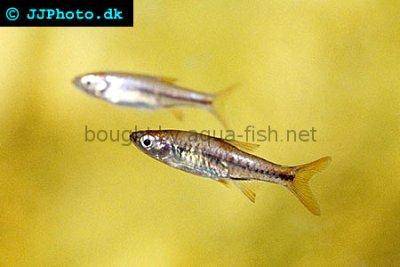




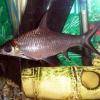 Bala
Bala 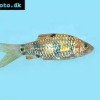 Spotted
Spotted 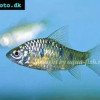 Golden
Golden 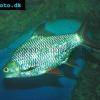 Tinfoil
Tinfoil 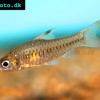 Congo
Congo 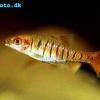 Blue-barred
Blue-barred 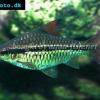 African
African 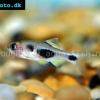 Butterfly
Butterfly 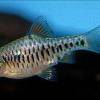 Olivegreen
Olivegreen 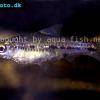 Morse
Morse 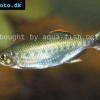 Jerdon’s
Jerdon’s 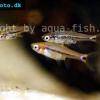 Mosquito
Mosquito 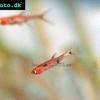 Dwarf
Dwarf 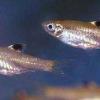 Eyespot
Eyespot 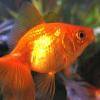 Goldfish
Goldfish 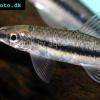 Penguin
Penguin  Siamese
Siamese 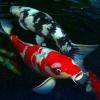 Koi
Koi 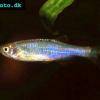 Pearl
Pearl 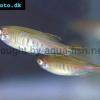 Glowlight
Glowlight 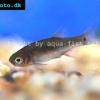 Crossbanded
Crossbanded 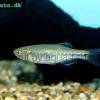 Yoma
Yoma 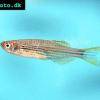 Orange
Orange 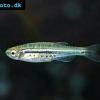 Dwarf
Dwarf 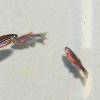 Zebra
Zebra 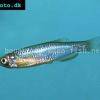 Rose
Rose 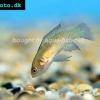 Red
Red 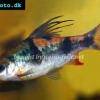 Arulius
Arulius 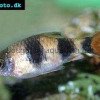 Tambraparni
Tambraparni 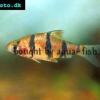 Fiveband
Fiveband 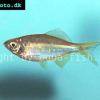 Bengal
Bengal 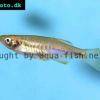 Tiger
Tiger 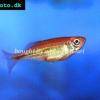 Malabar
Malabar 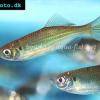 Queen
Queen 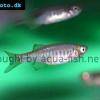 Hora
Hora 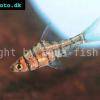 False
False 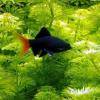 Redtail
Redtail 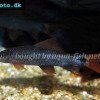 Rainbow
Rainbow 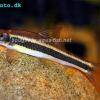 Flying
Flying 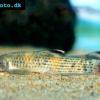 Garra
Garra 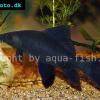 Black
Black 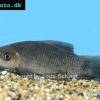 Purple
Purple 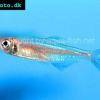 Burmese
Burmese 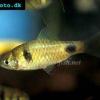 Dwarf
Dwarf 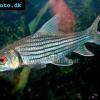 Isok
Isok 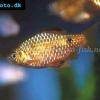 Rosy
Rosy 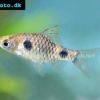 Two
Two 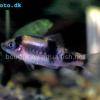 Melon
Melon 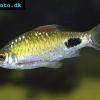 Black-spot
Black-spot 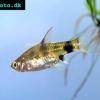 Golden
Golden 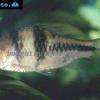 T-Barb
T-Barb 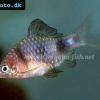 Ruby
Ruby 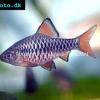 Checkered
Checkered 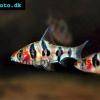 Rhomb
Rhomb 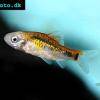 Gold
Gold 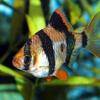 Tiger
Tiger 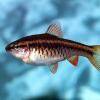 Cherry
Cherry 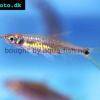 Brittan’s
Brittan’s 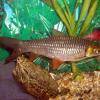 Greater
Greater 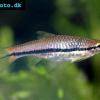 Long-band
Long-band 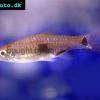 Twospot
Twospot 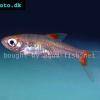 Cherry
Cherry 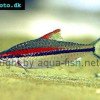 Denison
Denison 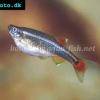 White
White 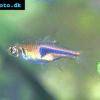 Lambchop
Lambchop 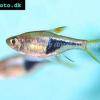 Harlequin
Harlequin